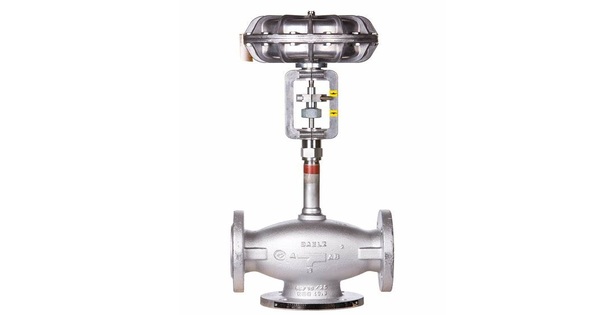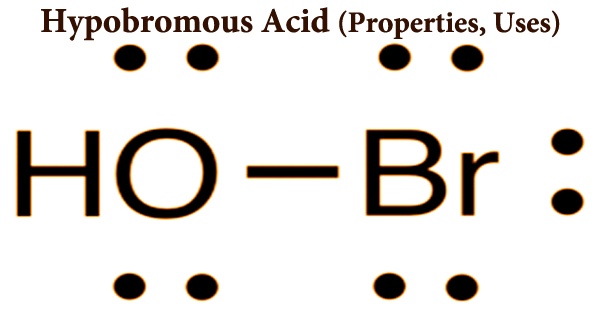Many industrial processes rely on control valves, particularly in the oil and gas, chemical, and manufacturing industries. It is a valve that controls fluid flow by changing the size of the flow path in response to a signal from a controller. This allows for direct control of flow rate, as well as control of other process variables such as pressure, temperature, and liquid level. It is essentially a device that controls the flow of fluids like gas, steam, water, or chemical substances through a pipeline or duct. In automatic control, a control valve is referred to as a “final control element”.
Here’s how it generally works:
- Flow Regulation: Control valves are primarily used to control the rate of flow through a system. They can either restrict flow (by partially closing) or allow more flow (by fully opening).
- Actuator: Control valves have an actuator, which is the mechanism responsible for physically moving the valve stem. Actuators can be pneumatic, electric, hydraulic, or even manual, depending on the application and the level of precision required.
- Positioning: The actuator receives a signal from a controller, which determines the desired position of the valve based on factors such as pressure, temperature, or flow rate.
- Valve Position: The actuator then adjusts the valve position accordingly, either opening or closing the valve to achieve the desired flow rate.
- Feedback Loop: In many modern systems, there’s a feedback loop where sensors measure the actual flow rate or other parameters, and this data is fed back to the controller. The controller then adjusts the valve position further if needed to maintain the desired setpoint.
Types
Control valves are classified into several categories, including globe valves, butterfly valves, ball valves, and others. Each type has advantages and is selected based on pressure, temperature, and the type of fluid under control.
Importance
Control valves are crucial to the effective and safe functioning of industrial processes because they offer precise control over flow rates and other parameters, which is frequently required to maintain product quality, optimize energy consumption, and ensure safety.
















